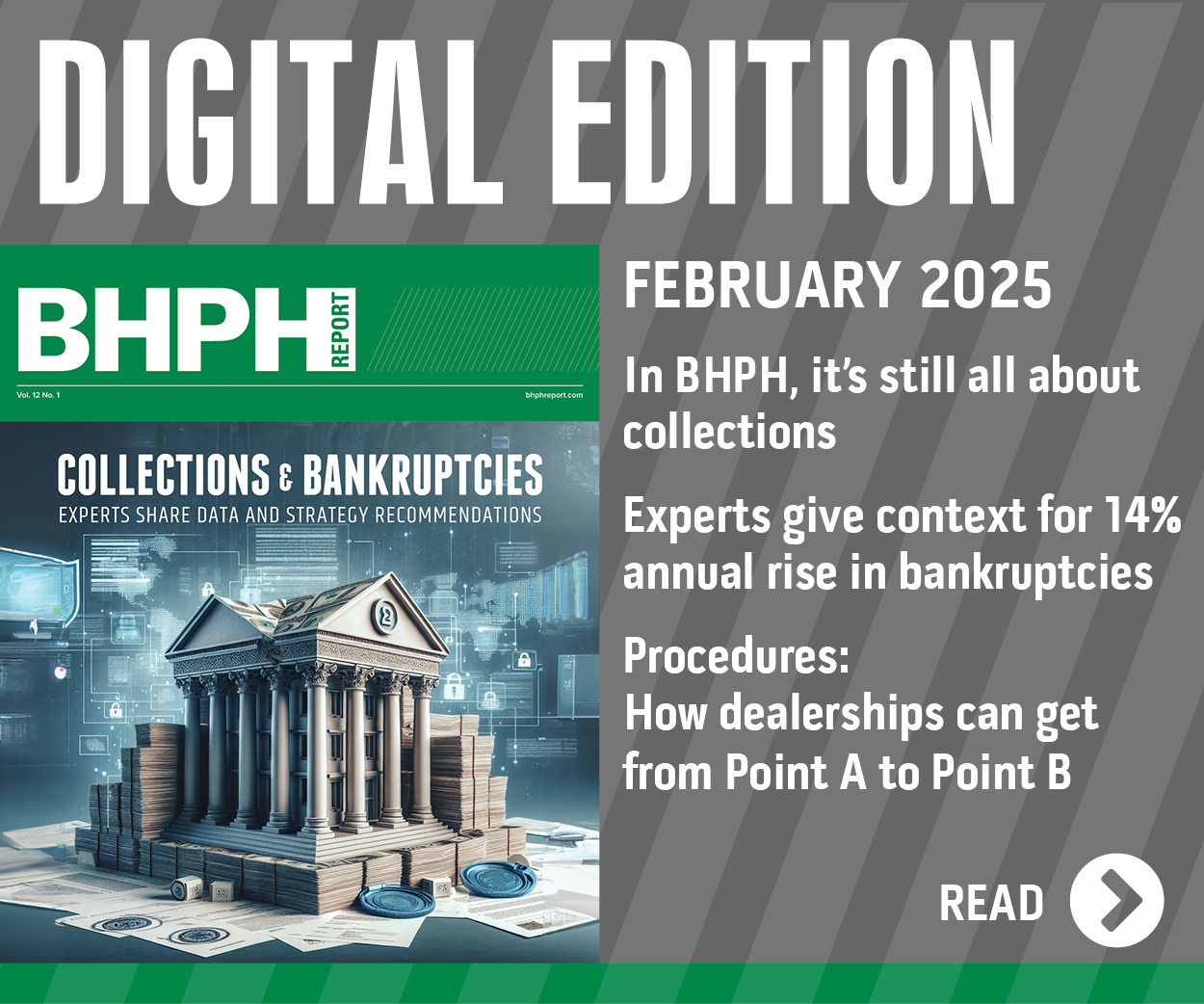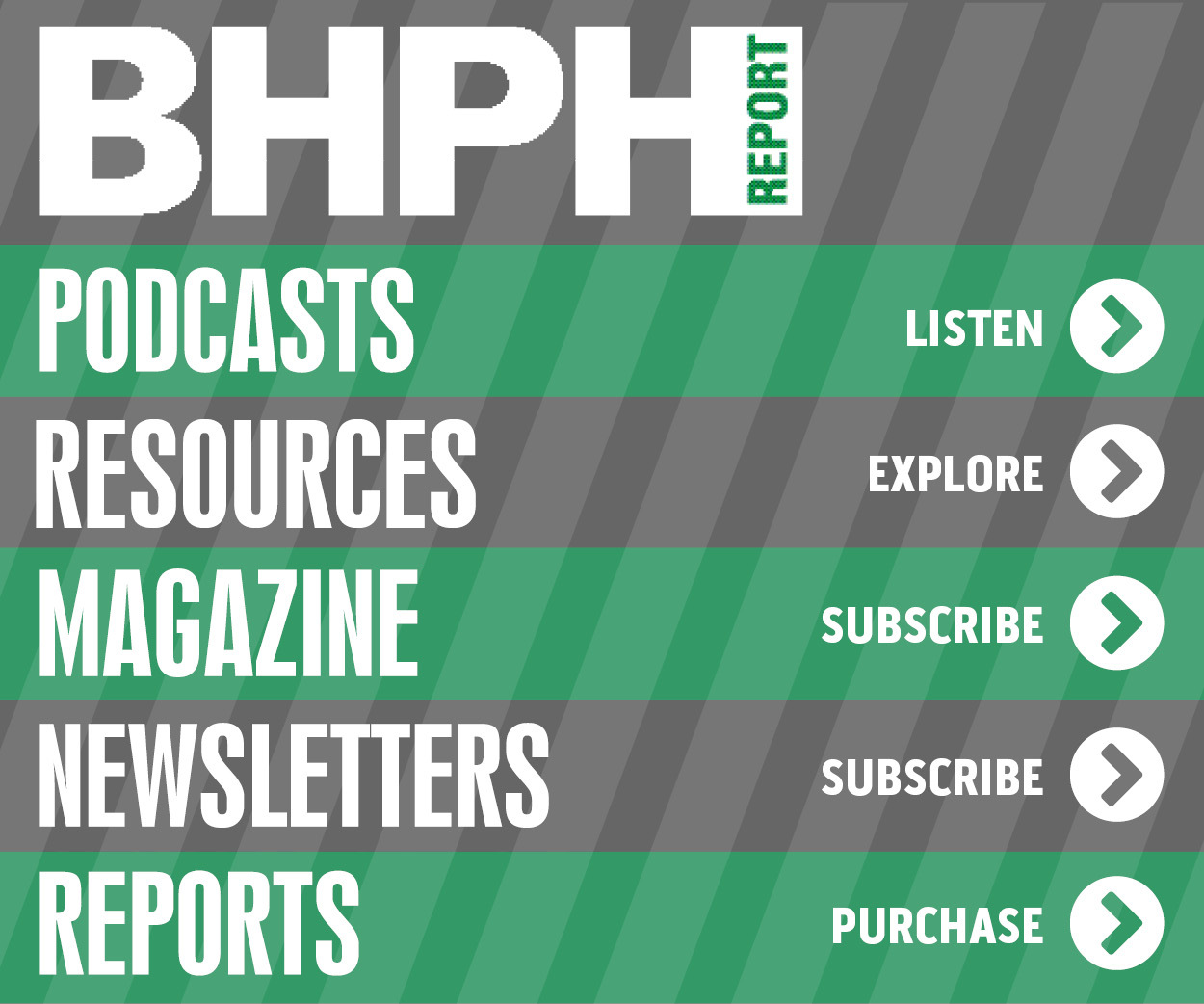January bankruptcy trends trigger close watch by experts

With a murky filing situation on the horizon for businesses — potentially trickling down to impacted consumers — bankruptcy experts are closely watching the newest data and trends originating from the first month of 2022.
Last week, Epiq released its January 2022 bankruptcy filing statistics from its Epiq Bankruptcy AACER Platform. Overall, the global technology-enabled services provider to the legal services industry and corporations said new filings in January totaled 26,194 across all chapters, down 6.4% from December, which had 27,980 new filings.
Epiq indicated total commercial filings across all chapters came in at 1,492 in January, marking an 11.2% drop versus December, which had 1,681 new filings.
Overall, Epiq determined the total number of open bankruptcy cases in the U.S. fell year-over-year by more than 16.5%, down to 724,070 in January compared to 866,811 open cases at the end of January 2021.
Experts said Chapter 7 individual bankruptcies totaled 14,304 new filings in January, down 11.9% over December, which had 16,235 new filings.
Year-over-year, January saw new Chapter 7 individual bankruptcy filings down 35.4% versus January of last year, which had 22,127 new filings.
This January, the top five states with new Chapter 7 filings included:
—California (1,595)
—Florida (1,166)
—Illinois (819)
—Michigan (798)
—Ohio (788)
Meanwhile, Epiq reported that Chapter 13 individual bankruptcies totaled 10,336 new filings in January, up 3.4% versus December, which had 9,996. Experts pointed out that this is the first month in the last four when new Chapter 13 filings grew month-over-month.
Year-over-year, January generated 13.2% more new Chapter 13 filings compared to January 2021, which had 9,127 new filings, according to Epiq.
In January 2022, experts determined the Southeast region continued to lead new Chapter 13 filings with Georgia (1,065), Alabama (811), Florida (732), and Tennessee (685) leading the way as the largest states with filing activity.
Furthermore, Epiq’s data showed the average nationwide per capita bankruptcy filing rate (total filings per 1,000 population) was 1.25 for January, a decrease from the 1.71 rate registered in December.
The average daily filing total in January was 1,310, a 23% decrease from the 1,701 total daily filings registered in January of last year.
States with the highest per capita filing rates (total filings per 1,000 population) in January included:
1. Alabama (2.88)
2. Tennessee (2.26)
3. Georgia (2.19)
4. Mississippi (1.85)
5. Nevada (1.76)
Epiq went on to mention that Chapter 11 commercial filings, including Sub Chapter V, had a total of 222 new filings in January, a sharp decrease of 53.7% over December which had 310.
Of these, Epiq indicated 77 cases were Sub Chapter V, up 11.6% to 69 the prior month. Of note from December, experts recapped that Chapter 11 filings had a single case — Nordic Aviation Capital — that accounted for 112 individual jointly administered cases, explaining the sharp uptick in the December filings number.
“January 2022 new filings continue to be well below pre-pandemic levels,” Chris Kruse, senior vice president of Epiq Bankruptcy Technology, said in a news release. “We are closely watching the Chapter 13 individual filings as this month reversed the prior three-month trend with a modest uptick in activity.”
Over at the American Bankruptcy Institute, officials there are closely watching business bankruptcy filings. In another news release, they explained why.
Since the Small Business Reorganization Act of 2019 (SBRA) became effective on Feb. 19, 2020, to provide Main Street business debtors with a more streamlined path for restructuring their debts, ABI said 2,900 debtors have elected to file for subchapter V of chapter 11. In response to the economic distress caused by the COVID-19 coronavirus pandemic, the “Coronavirus Aid, Relief, and Economic Security Act” (CARES Act) was enacted on March 27, 2020, increasing the eligibility limit for small businesses looking to file under SBRA’s subchapter V from $2,725,625 of debt to $7.5 million.
ABI noted that Congress extended the limit last year with the enactment of the “COVID-19 Bankruptcy Relief Extension Act of 2021,” but the threshold is set return to $2,725,625 on March 27, without congressional action.
“Though filings continue to decrease, consumers and businesses are faced with less government relief, fewer lender deferments, rising inflation, worker shortages and supply chain challenges,” ABI executive director Amy Quackenboss said.
“With mounting economic uncertainties amid the ongoing pandemic, congressional consideration of extending or permanently making the expanded eligibility limit of small businesses electing to file for subchapter V under Chapter 11 will provide a proven path for small businesses to successfully restructure, reduce liquidations and save jobs,” Quackenboss went on to say.


